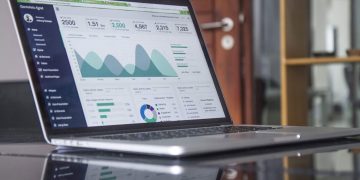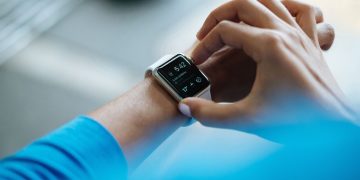License Plate Readers Provide Alerts for Security Personnel
OSU, for example, has deployed about 80 plate readers, both on campus — in parking structures, at entrances and exits, in high traffic and high-crime areas — and just off campus in the University District.
“The LPR technology is integrated and connected with the National Crime Information Center. If we get a confirmation of a license plate that is registered or on notice with NCIC, we get notified. That tells us that there may be a reason for us to stop that vehicle,” Persons says.
The security team doesn’t just wait for those alerts. “If we have an incident and we get a report of a vehicle that may be involved in a situation, we can search for vehicles based on the description: make, model, color,” he says. “If we have a snapshot match, we can get that plate information and use that to further the investigation. It provides us with another investigative tool.”
RELATED: Here’s how AI-driven analytics help Ohio State manage football stadium crowds.
There’s a 24/7 security operation on campus, and LPR helps guide those efforts. If a call includes a description of a vehicle, responders can search for plates based on that description.
“It starts off our investigation and helps to track down the vehicle that may potentially be associated with whatever incident is being reported,” Persons says.
Law Enforcement Partnerships Make LPR More Valuable
At the University of Georgia, LPR supports the dispatchers in a robust 911 center.
“This technology adds another layer to the information that they have at their fingertips. It is both immediately actionable for police officers who are out there patrolling, and also facilitates follow-up from both detectives and crime analysts after the fact,” says P. Daniel Silk, associate vice president for public safety at the school.
The university installed LPR tech as part of a multiyear, $25 million safety and security initiative.
“We have an immense campus, 762 acres just here in Athens alone, and the readers are strategically deployed at the main entry and exit points,” Silk says. “If somebody comes on campus or leaves campus in a vehicle, their tag is going to be recorded.”
The plate readers are integrated into the Campus Safety Camera System, a robust matrix of cameras that extends across campus. “At this point, we have more than 600 external views, and we know that that program is going to continue to grow in the coming years,” he says.
With the integration of LPR technology and campuswide cameras, “our 911 operators have so much information at their fingertips,” Silk says. Along with alarm notifications and officer reports, “it all adds to the breadth and depth of the information available to them to make decisions.”
Source link
#License #Plate #Readers #Monitor #Vehicles #Campus






























